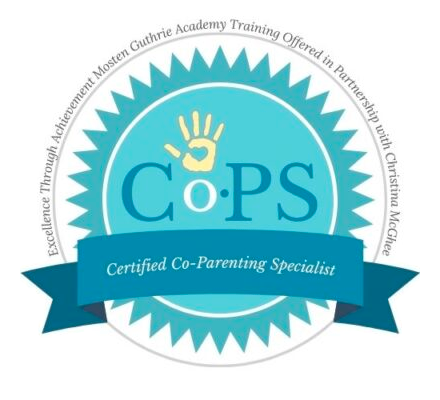When you take your case to trial and ask the court to decide what the order will be, you have a range of possible outcomes. You could have a best day in court where you get all the orders that you sought. You could also have a worst day in court where you get none of the orders you sought. Your order could and often is somewhere in between. When the worst happens and you get an order you hate, what are your options?
The first thing to do when you get an order from the court that you view as negative is to take a deep breath and make an appointment with your attorney. It is important that you make sure that you understand the order and that it means what you think it means. You also need to understand your rights and abilities to challenge the order in an appeal, which you may also hear referred to as the “appellate process”.
Timing is crucial when you want to challenge a court order. You have a quick deadline of thirty days from the date that the court issued the order to take action. If you do nothing for thirty days, you have missed the deadline to ask for either the court that issued the order or a higher court to take another look. Because attorney calendars are crowded, reach out to your attorney immediately and get a referral to an attorney who does appeals if your attorney does not. Get a consultation as quickly as possible.
You have two actions that you can take within the first thirty days after the court’s order has been issued. The first is called a Motion to Correct Errors, which asks the court which issued the order to assess whether a legal error occurred which impacted the order and should be corrected. The second is called a Notice of Appeal which notifies the court which issued the order that you are asking a higher court to review the order and places your case on the docket of the higher court.
It is a common misconception that a person who simply dislikes a court order can successfully appeal that order. A higher court is looking for a legal mistake which impacted the outcome of the case. This is a technical look at your case which is quite different from a trial. An appeals court does not hear testimony and look at new evidence. Instead, the court looks at the transcript of what happened at the trial as well as written arguments made by attorneys representing the parties in the case. The court is looking for a legal mistake such as the wrong legal standard being applied, evidence being excluded which should have been admitted, or a constitutional problem. An appeals court does not read all the testimony and decide that the lower court should have believed different witnesses and come to a different conclusion.
Before you decide to appeal, get some honest advice from an experienced attorney about whether there were legal errors in your trial. Not all bad outcomes are the result of legal errors, and you will need some legal advice to know the difference. If your case is appealable, be patient as the process can take nine months to a year to complete. If your case cannot be successfully appealed, talk with your attorney about your options to modify your order in the future when and if circumstances change.






